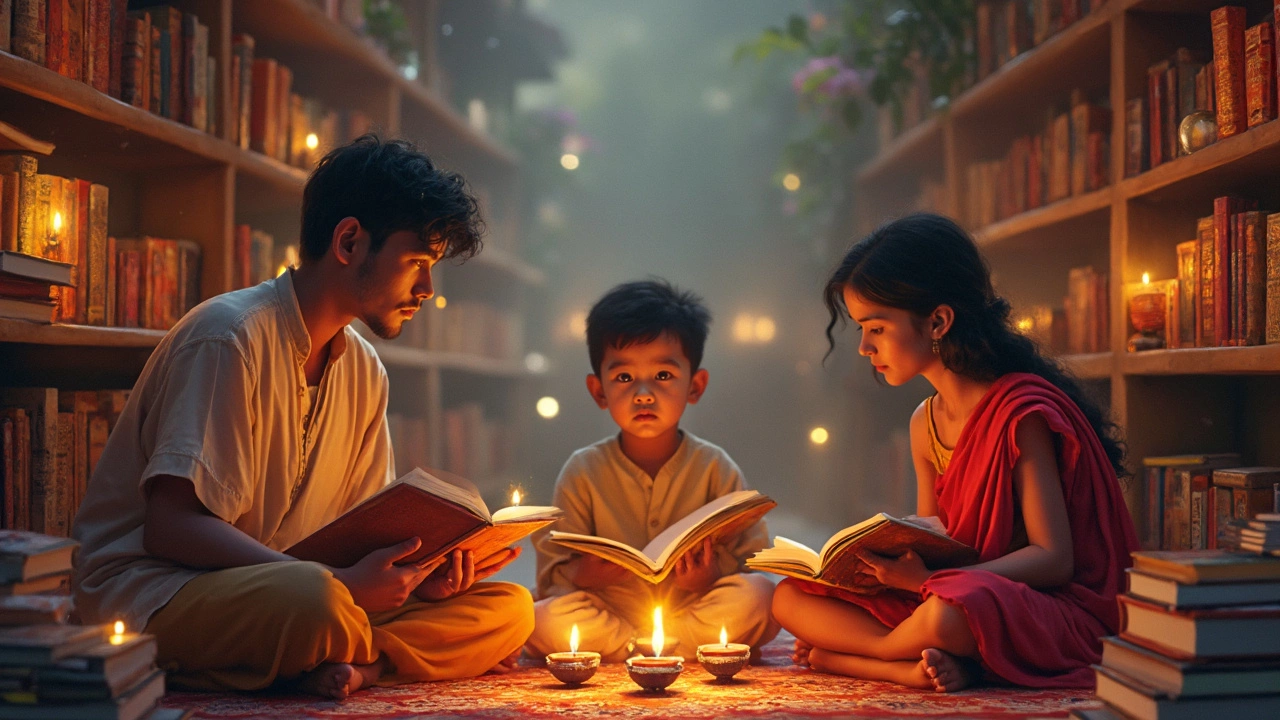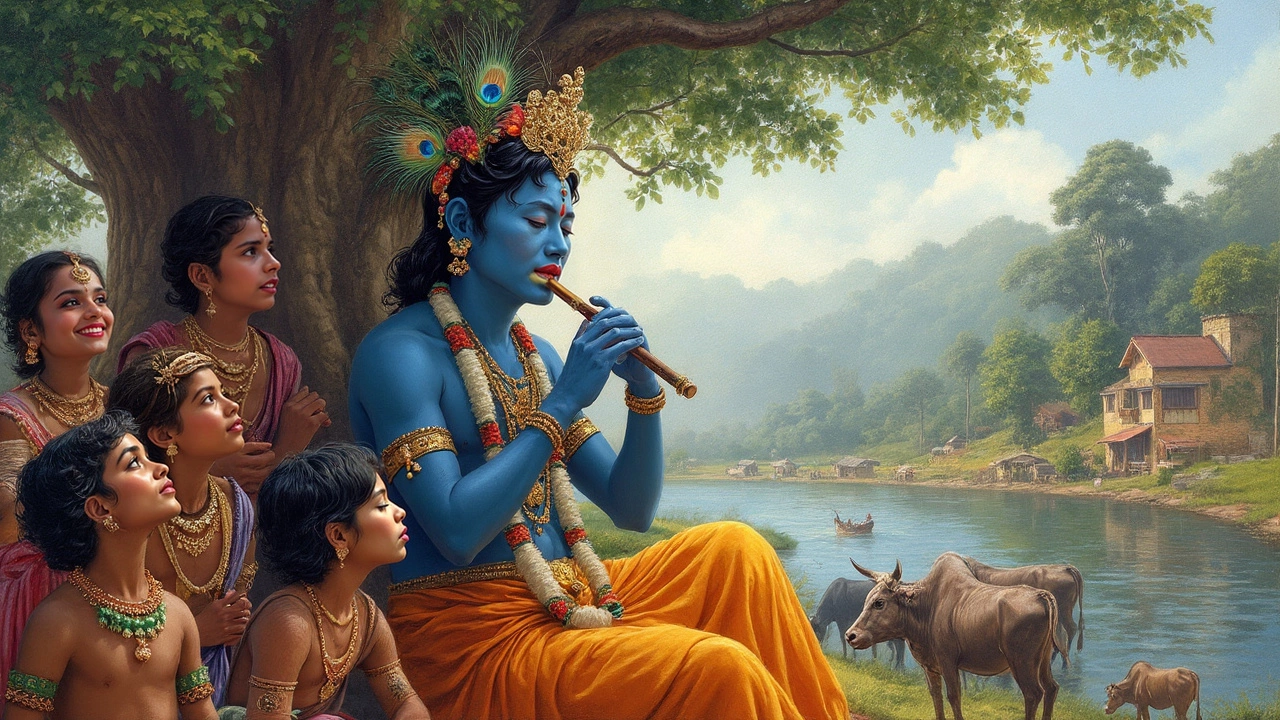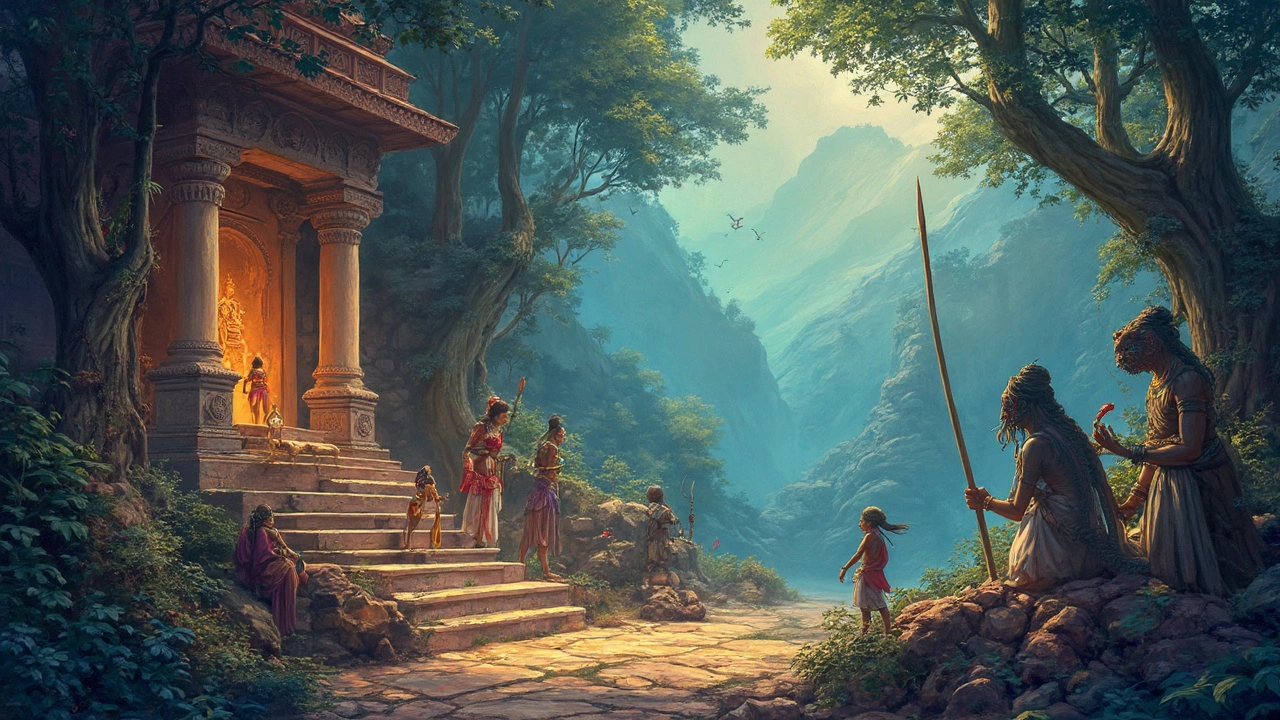
Do Hindus Have a Bible? Unpacking Hinduism's Sacred Texts
Ever wondered if Hindus have a book like the Bible? Hinduism doesn't follow a single holy book but has a library's worth of ancient texts packed with stories, rules, and philosophy. This article clears up common confusion, walks you through what makes Hindu scripture unique, and explains why you'll never see one book on every Hindu family's shelf. You'll get to know the key texts, their contents, and some surprising facts about how people use them today. It's a straight look at what's actually in those mystical old books you've heard about.

Why Was Krishna Black? The Real Reason Behind Krishna's Skin Color
Ever wondered why Krishna, one of the most loved gods in Indian mythology, is described as dark-skinned, even called 'Shyam' or 'Kanha'? This article digs into the real stories, old Sanskrit words, and fascinating cultural truths behind Krishna’s famous color. We’ll get into the meanings, bust a few myths, and show why Krishna’s look was never a problem, but a point of pride—a lesson in looking beyond what you just see. You'll walk away knowing more about Indian stories, beliefs, and how these ideas still matter today.

What Are the 365 Tales of Indian Mythology All About?
The '365 Tales of Indian Mythology' offers a treasure trove of stories from India's vast mythological landscape, providing a new tale for every day of the year. This collection dives into the intriguing world of gods, goddesses, demons, and mythical creatures, each story carrying important moral and cultural lessons. Readers can explore the rich tapestry of Indian myths, discovering lesser-known tales along with popular narratives. It’s an engaging way to delve into the diversity and richness of India's ancient stories.

Mermaid vs Siren: Two Tales from Indian Mythology
In Indian mythology, mermaids and sirens are often distinct figures, carrying deep cultural significance. Mermaids, half-human and half-fish, are known for their beauty and compassionate nature, while sirens, often confused with mermaids, are enchantresses with a more sinister reputation. Both creatures captivate the imagination with their mysterious allure and mythical origins. This article delves into their differences, explores fascinating tales, and provides insights into their roles in the rich tapestry of mythology.